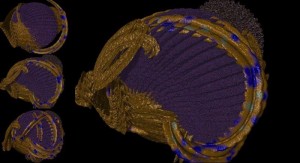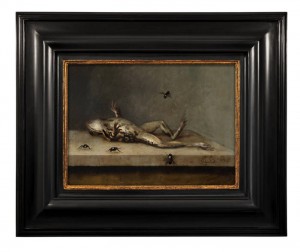Bizarre, strange mutated forms looming out of computer space; William Latham is a gardener steering and evolving forms within a kind of virtual evolution. These images lead
us to imagine we are being allowed in on the secrets of the universe. Following on from his exhibition in Brighton, William is my BCS featured artist for the month of November: http://www.bcs.org/content/conWebDoc/51594
Image of the Month
A monthly column I’m writing for The Chartered Institute for IT (formerly known as the British Computer Society), in conjunction with the Computer Arts Society.
Digital Vanitas
Rob and Nick Carter’s art is a memento mori with a twist, because what appears initially as a painted panel in a wooden frame (of the kind favoured by Dutch 17th-C
masters), upon sustained looking reveals a screen playing a looped animated image of a painted frog breathing its last and slowly decomposing before our eyes. An updated symbolic reminder of the inevitability of death for our digital age. Read more about Transforming Vanitas Painting, in my BCS article this month.
Role-play at the Biennale
![Nicola Costantino, Rapsodia inconclusa [Unfinished Rhapsody]: Eva el espejo [Eva the Mirror], detail of installation Argentina Pavilion: Eva - Argentina, 55th Venice Biennale 2013. Copyright the artist, reproduced with permission.](http://www.catherinemason.co.uk/wp-content/uploads/2013/08/Eva-low-res-251x300.jpg)
Nicola Costantino’s, Rapsodia inconclusa [Unfinished Rhapsody], is an installation currently showing at the Argentina Pavilion of the Venice Biennale, which uses digital video to speak of the nation’s continuing attempts to make sense of a turbulent 20th-C political history. At the heart of this work is the controversial and emotionally-charged character of Eva Peron, the First Lady of Argentina from 1946 until her death in 1952. Read about Nicola Costantino’s work in my article this month for the BCS:http://www.bcs.org/content/conWebDoc/51225
Re-Visiting the Grand Tour
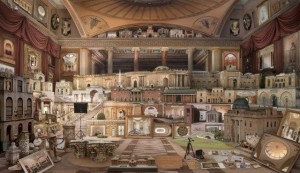
The UK artist and Royal College of Art graduate Emily Allchurch creates complex photographic images which draw on art history to make contemporary re-creations of iconic works. My image for the BCS this month is Grand Tour: In Search of Soane, an amazingly detailed and finely-crafted work currently on view at the Royal Academy of Arts Summer Exhibition (to 18 August). Read it here: http://www.bcs.org/content/conWebDoc/51058
A Glitch in the Matrix
Have you ever heard of Glitch Art? Neither had I until Glitch Moment/ums the current exhibition at Furtherfield, which introduces this fascinating and varied aesthetic inspired by faults and malfunctions – the frustrating by-product of technology gone
awry.
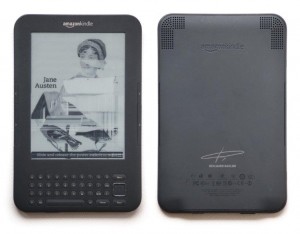
Benjamin Gaulon, our featured BCS artist this month, has a unique way of considering current information and communication technologies and teasing art from it. Learn more about Glitch Art and this artist here.
A Layered Practice
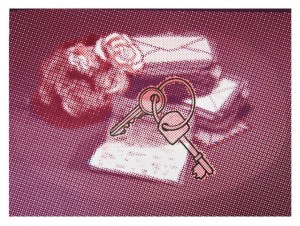
This month’s BCS column looks at the work of printmaker Paul Coldwell, who integrates digital techniques into his traditional practice to great effect. Read it here: http://www.bcs.org/content/conWebDoc/50703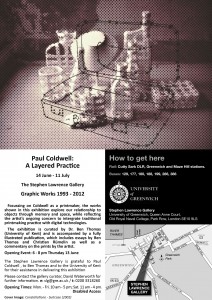
Paul’s exhibition is at the Stephen Lawrence Gallery, London until 11th July. Click on the image on the right to see details.
Additionally, Paul has an exhibition at the Scott Polar Research Institute, Cambridge until 20th July.
Chinese Challenges
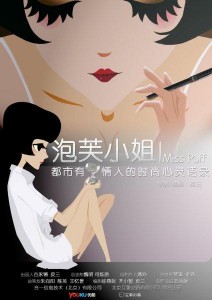
With an estimated 500 million Internet users, the Web has been called the most creative space for self-expression in China. In particular social networking and blogging on the Internet is hugely prominent. In this article I look at the challenges facing two Chinese artists – Wang Bo and Ai Weiwei, who use this technology within the free market/communist state contradiction that is China today. Read it here:http://www.bcs.org/content/conWebDoc/50489
Fake Nature
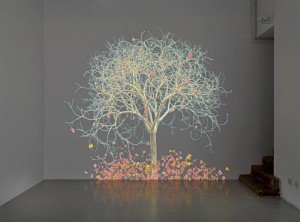
Jennifer Steinkamp’s beautiful tree moves as though blowing in the wind and transforms over time as the seasons change. This Los Angeles based artist explores ideas about architectural space, motion and perception using computer animation to engage viewers through use of transient elements in the natural world. Read more about Steinkamp and her work in this month’s BCS column here:http://www.bcs.org/content/conWebDoc/50226
Form and Number
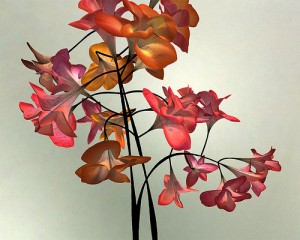
This month my BCS column investigates an interesting commission from the University of Dundee Museum
Services who have been working with theArt Fund on a £100,000 project to explore the influence of Sir D’Arcy Wentworth Thompson in the visual arts. Because of the interdisciplinary nature of the Dundee Collections and the Thompson connection, this grant funding has uniquely facilitated the creation of an art work itself with an interdisciplinary concept at its heart – On Growth and Form by Daniel Brown. Read the full article here: http://www.bcs.org/content/conWebDoc/50050
Kaleidoscopic Calculations
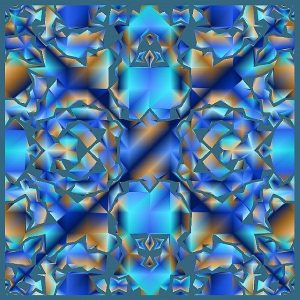
This month, to compliment the previous two discussions of Manfred Mohr
and Ernest Edmonds in my monthly BCS column, we feature new work by another of the great pioneers of algorithmic art – Prof. Herbert Franke. I am especially honored to be able to share with you the first sight of one of his new graphics from the series
Intarsia, a striking art work which demonstrates his interest in complex patterns and seems to pulsate with kaleidoscopic qualities. Full article here: http://www.bcs.org/content/conWebDoc/49847

